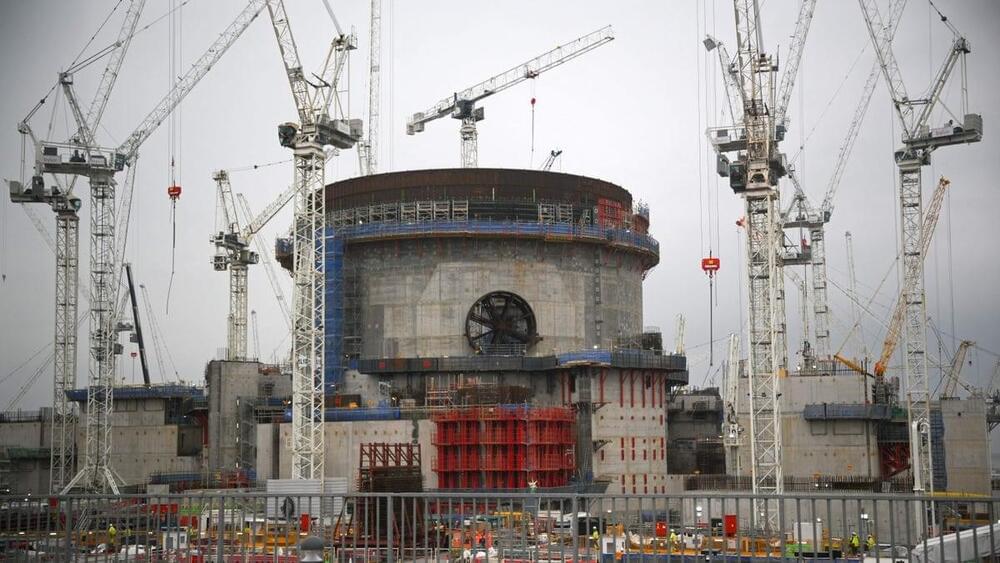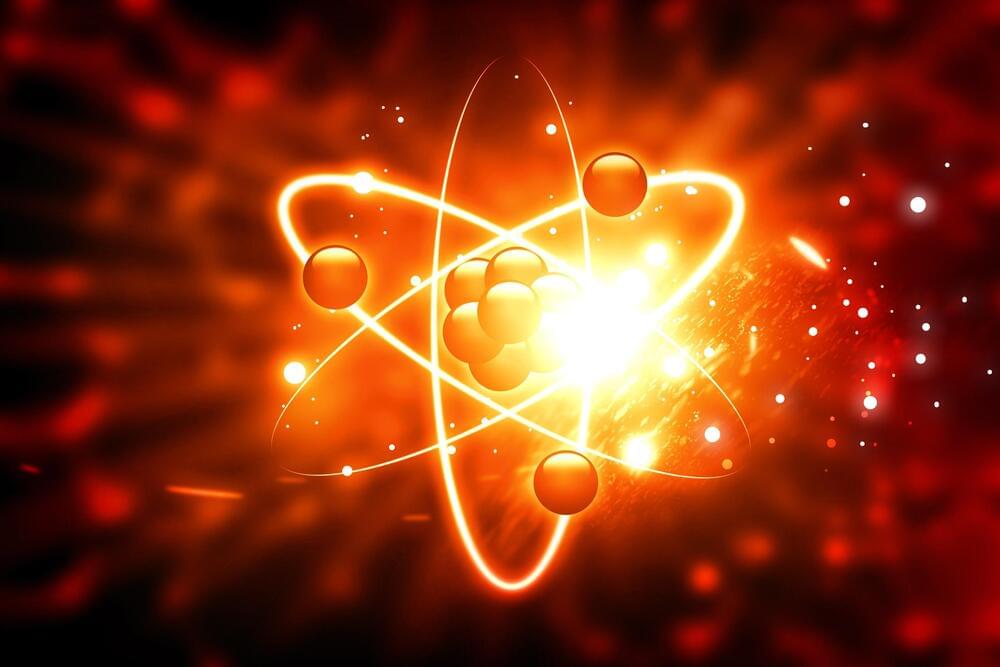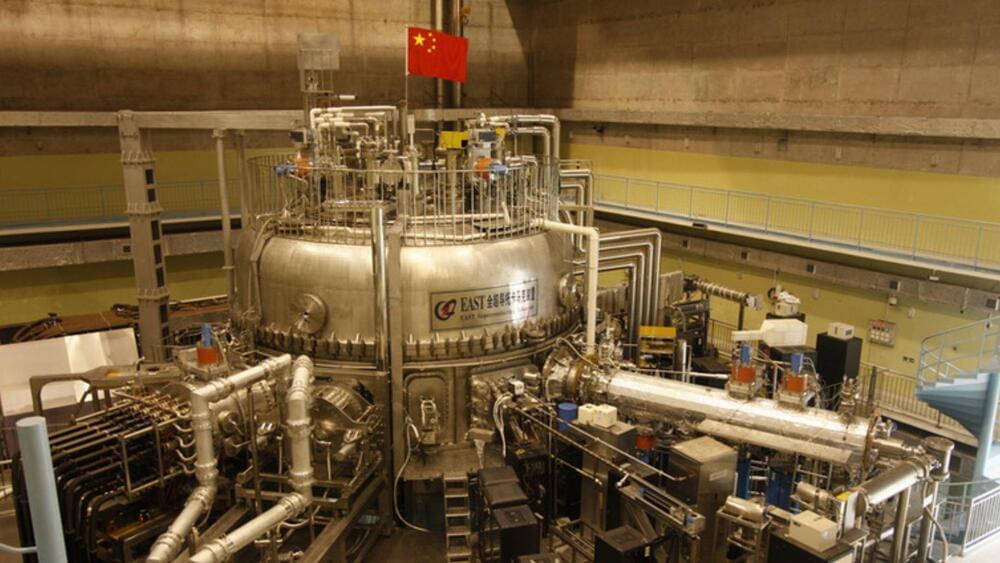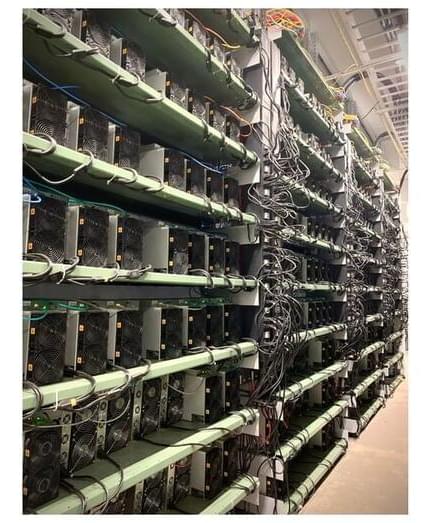Reactors small enough to fit on a truck might sound like something from ’60s science fiction, but they may be here soon.


The future of physics is very bright indeed! Join us, and find out more!
Subscribe ► https://wmojo.com/unveiled-subscribe.
In this video, Unveiled takes a closer look at the most exciting ways that physics will change the world during YOUR lifetime! We’re now SO CLOSE to making these incredible breakthroughs, but which will happen first? And which will have the greatest impact on life, the universe, and everything?
This is Unveiled, giving you incredible answers to extraordinary questions!
Find more amazing videos for your curiosity here:
6 Scientific Breakthroughs Predicted For Your Lifetime — https://youtu.be/wGKj-3AfxdE
6 NASA Breakthroughs Predicted For Your Lifetime — https://youtu.be/EMiUmz33uJo.
0:00 Intro.

Stem cells (SCs) are undifferentiated cells which can proliferate indefinitely or differentiate into progenitor cells and end-phase differentiated cells (becoming pluripotent) (Mayo, 2021; Slack, 2022). Human embryonic SCs (hE-SCs) are found in the inner cell mass of the blastocyst; h E-SC research raises ethical concerns (Lo and Parham, 2009), and h E-SC transplantation in vivo can lead to the formation of large tumors called teratomas (Blum and Benvenisty, 2008).
Small numbers of adult SCs are found in some organ “niches”, including the bone marrow, where hematopoietic progenitor cells (HPC) replenish blood and immune cells. In 1958, Mathe et al. (1959) successfully performed the first adult SC therapy on five workers who had received high-dose accidental irradiation at the Vinca Nuclear Institute in Yugoslavia. After transfusions and grafts of homologous adult bone marrow, all workers survived (Mathe et al., 1959).
For years, the human umbilical cord was a waste material and, unlike h E-SCs, its use does not raise ethical concerns. In 1988, Gluckman et al. (1989) successfully performed the first human cord blood transplant in a child with Fanconi’s anemia. Since then, numerous public and private cord blood banks have been established worldwide for the cryopreservation of cord blood in view of its transplantation (Gluckman, 2011).


Its demonstration nuclear power plant is expected to be ready by 2035.
The Experimental Advanced Superconducting Tokamak (EAST), popularly known as China’s “artificial sun”, set a new record on Wednesday by running for 403 seconds in a steady-state high-confinement long plasma operation, Chinese news outlet CGTN
Moving closer to nuclear fusion energy.
Institute of Plasma Physics.
The recent run of the reactor broke the previous record run of 101 seconds which was achieved in May 2021. The experiment which was completed after the researchers made 120,000 attempts will be a critical data point for the operation of the International Thermonuclear Experimental Reactor (ITER), of which China is also a member.

“TeraWulf generates domestically produced Bitcoin powered by 91% nuclear, hydro, and solar energy with a goal of utilizing 100% zero-carbon energy.”
EASTON, Md.—(BUSINESS WIRE)—TeraWulf Inc. (Nasdaq: WULF) (“TeraWulf” or the “Company”), which owns and operates vertically integrated, domestic Bitcoin mining facilities powered by more than 91% zero-carbon energy, today announced that the Company is deploying solely BITMAIN Technologies Ltd. (“BITMAIN”) manufactured mining equipment to fill its 50 MW of capacity at the nuclear-powered Nautilus bitcoin mining facility.
“BITMAIN’s carbon neutral strategy and best-in-class mining equipment make BITMAIN an ideal partner to scale our zero-carbon digital infrastructure at Nautilus” Tweet this
The Nautilus facility represents the first behind-the-meter bitcoin mining facility of its kind, directly sourcing reliable, carbon-free, 24×7 baseload power from the 2.5 GW Susquehanna nuclear generation station in Pennsylvania. TeraWulf recently commenced mining operations at Nautilus and expects its full share in phase one of the facility – 50 MW and 1.9 EH/s – to be online by May. The Company has the option to add an additional 50 MW of bitcoin mining capacity at the Nautilus facility, for a total of 100 MW, which TeraWulf plans to deploy in future phases.

A magnetic cage keeps the more than 100 million degree Celsius hot plasmas in nuclear fusion devices at a distance from the vessel wall so that they do not melt. Now researchers at the Max Planck Institute for Plasma Physics (IPP) have found a way to significantly reduce this distance. This could make it possible to build smaller and cheaper fusion reactors for energy production. The work was published in the journal Physical Review Letters.

How has fusion inspired the imaginations of science fiction writers? In The Expanse blockbuster book and TV series, fusion energy has changed the course of civilisation in extraordinary ways – for better and worse. Ty Franck, one half of the James S.A Corey writing duo behind The Expanse, and Canadian futurist and science fiction writer Karl Schroeder join Erica Vowles to weigh in on the fantasy and future of fusion.

Lead author Yurii Victorovich Kovtun, despite being forced to evacuate the Kharkiv Institute of Physics and Technology amid the current Russia-Ukraine war, has continued to work with Kyoto University to create stable plasmas using microwaves.
Getting plasma just right is one of the hurdles to harnessing the massive amounts of energy promised by nuclear fusion.
Plasmas — soups of ions and electrons — must be held at the right density, temperature, and duration for atomic nuclei to fuse together to achieve the desired release of energy.

In 1942 The Manhattan Project was established by the United States as part of a top-secret research and development (R&D) program to produce the first nuclear weapons. The project involved thousands of scientists, engineers, and other personnel who worked on different aspects of the project, including the development of nuclear reactors, the enrichment of uranium, and the design and construction of the bomb. The goal: to develop an atomic bomb before Germany did.
The Manhattan Project set a precedent for large-scale government-funded R&D programs. It also marked the beginning of the nuclear age and ushered in a new era of technological and military competition between the world’s superpowers.
Today we’re entering the age of Artificial Intelligence (AI)—an era arguably just as important, if not more important, than the age of nuclear war. While the last few months might have been the first you’ve heard about it, many in the field would argue we’ve been headed in this direction for at least the last decade, if not longer. For those new to the topic: welcome to the future, you’re late.